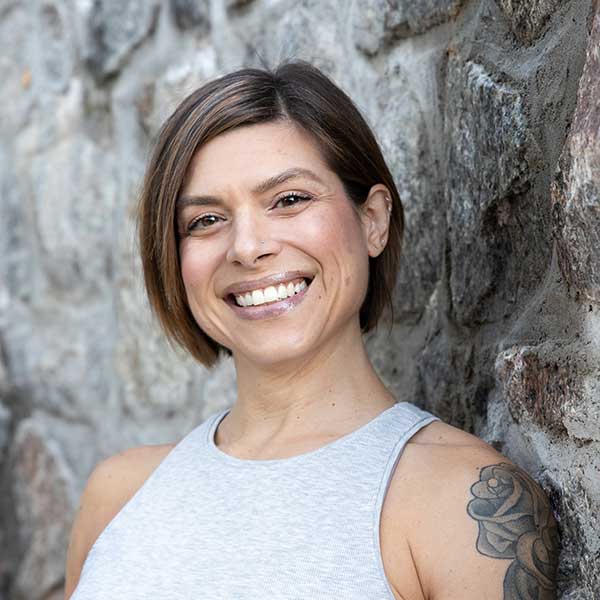The Pose That’s Right For You

When I attend yoga classes, I like to set myself up in a corner. I do this because it helps me focus my drishiti, or gaze. As an instructor, I’m in the habit of looking around. As a practitioner, however, I want to incorporate pratyahara (withdrawal from the senses) and dharana (concentration) with asana practice (poses).
And looking around the room is not concentration.
Last night, as the class I attended flowed open into side plank, I now found myself positioned with everyone directly in front of me. My concentration broke (bad yogi) as I noticed several of my fellow yogis falling out of their planks and looking at the instructor in disbelief at the inclusion of such a challenging pose.
Instructors know that every pose isn’t right for every student. We usually break down challenging poses into steps and encourage students to remain in or return to the last successful variation. Or, we’ll notice issues and suggest variations or props. The pose that’s right for you in that moment is the one in which you can maintain three things:
- Drishti (gaze): Every pose has a drishti. Either down the tip of nose, up toward the third eye, toward the hand, thumb, foot, or off to the side in a twist. If you’re looking around the room at everyone else or you have to crane your neck to see what the instructor is cuing, that’s probably not your pose today.
- Breath: The breath is the most important part, specifically belly breathing in and out through the nose. If you’ve lost this breath (breathing forcefully or holding the breath), it’s no longer yoga. The yoga breath keeps you safe. You will never go anywhere the body isn’t ready if you are always maintaining your yoga breath.
- Balance: It’s no sense hoisting your foot way up your inner thigh in tree pose if you’re falling over the whole time. Better to keep your toes on the floor, like a kickstand, and receive all the benefits from the pose. Your pose also affects your fellow yogis; It’s really tough to balance when the person near you is flailing their arms, falling over, or walking around to get a drink and towel off while you’re trying to balance on one leg.
So what do you do if you can’t maintain your drishti, breath, and balance in a pose? How do you stay with the flow of the class without disturbing your or your neighbor’s practice?
- Modify: If you know a modification that works better for you, take it: child’s pose for down dog, kneeling lunge for crescent lunge, dropping the knees in plank or side plank, etc.
- Props: Can you bring in blocks? Maybe holding the blocks in Warrior 3 for better balance or sitting on a block in any seated pose to better align the spine.
- Child’s pose or down dog: When all else fails, come into or child’s pose or down dog, or any pose that makes sense for the flow, and rejoin with the next accessible pose.
At the end of class, if you’re comfortable, talk to the instructor. You may discover an alternative pose and the instructor may remember to offer that pose next time.
Alicia Cross is a Certified Personal Trainer, Wellness Coach, and Yoga Instructor with more than 15 years’ experience working with clients in classes and one-on-one. She is a yogi, meditator, vegan, and lifter of heavy things. If you’re ready to discover the strength and peace that comes from within, email Alicia@AliciaCrossTraining.com.
Related Posts:
Practice the 8 Limbs of Yoga to Address the 5 Layers of Being


